
Explainer | From Jet Li’s rise to Wong Kar-wai’s art-house fame, Hong Kong cinema’s last golden age in the 1990s
- A slew of imaginative films from Tsui Hark, Peter Chan, Wong Jing, Johnny To and more boosted stars like Maggie Cheung, Karen Mok, Anita Yuen and Lau Ching-wan
- Directors brought local touches and a social conscience to filmmaking, while Brigitte Lin became a gay icon. Adults-only movies became mainstream for a while
The 1990s were confusing for Hong Kong filmmakers.
On the one hand, the decade signified the end of the dominance of local films at the box office – after 1993, Hollywood films took a greater market share. On the other hand, these years saw an outpouring of imaginative and groundbreaking Hong Kong films which covered a variety of topics in many different styles.
Indeed, the 1990s are now considered the last golden age of Hong Kong cinema.
The story of Amy Yip, Hong Kong sex symbol of the 1990s who never bared all
We take a nostalgia-filled look back at the glorious Hong Kong films and filmmakers of the 1990s.
Tsui Hark was the decade’s prime mover

Tsui made Jet Li Lianjie a star, and made gender-bending a cultural phenomenon by casting Brigitte Lin Ching-hsia as a transsexual action hero/heroine.
Although the quality of Tsui’s films, and his influence, diminished in the second half of the decade, his tireless energy and willingness to take chances and experiment make him the most important filmmaker of the 1990s.
Cageman brought a social conscience to 1990s films
Jacob Cheung Chi-leung’s almost-forgotten 1992 social drama Cageman was a much talked about film in the 1990s, as it showed that Hong Kong films could still have a social conscience.
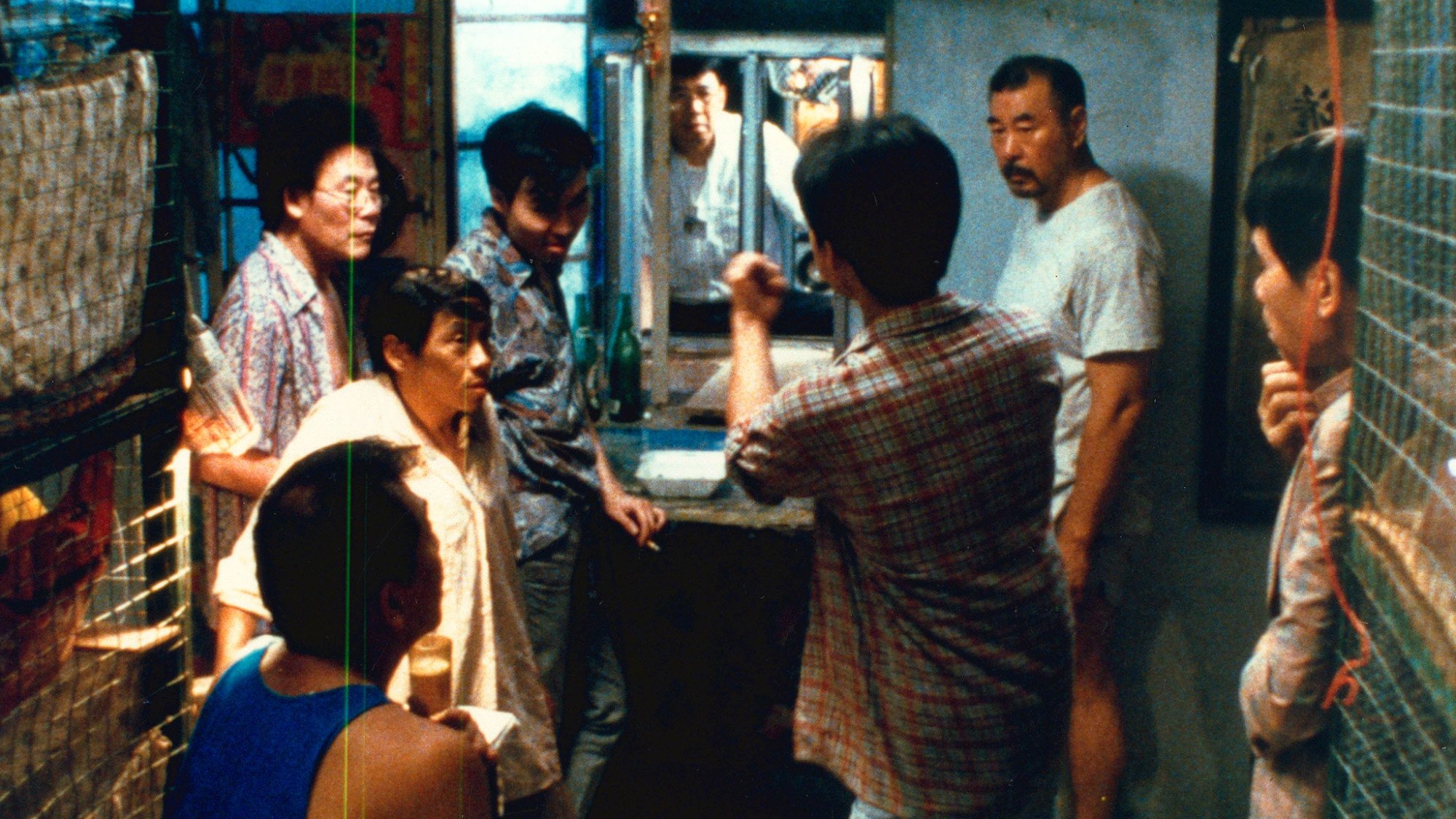
The New Wave directors had made socially oriented films in the 1980s, but the commercial boom of the early 1990s had seen such works all but disappear.
This true-life story of 105 men who were forced out of their tiny, cage-like rented dwellings by developers struck a nerve with audiences, and was lauded throughout the decade.
It won four Hong Kong Film Awards, too.
Peter Chan emphasised the local touch

Beautifully wrought contemporary films like He’s a Woman, She’s a Man followed. Chan’s films were by no means realistic dramas, but they were chock-a-block with local references and history, and viewers could recognise themselves in them.
Chan’s manipulation of history and local celebrities reached its zenith in the time-bending He Ain’t Heavy, He’s My Father.
Viewers identified with Anita Yuen and Karen Mok
Neither had movie star airs and graces – Yuen was apparently tough to work with – and viewers identified with them. Yuen’s tomboy looks made her stand out, and she often played independent-minded roles for directors like Peter Chan.
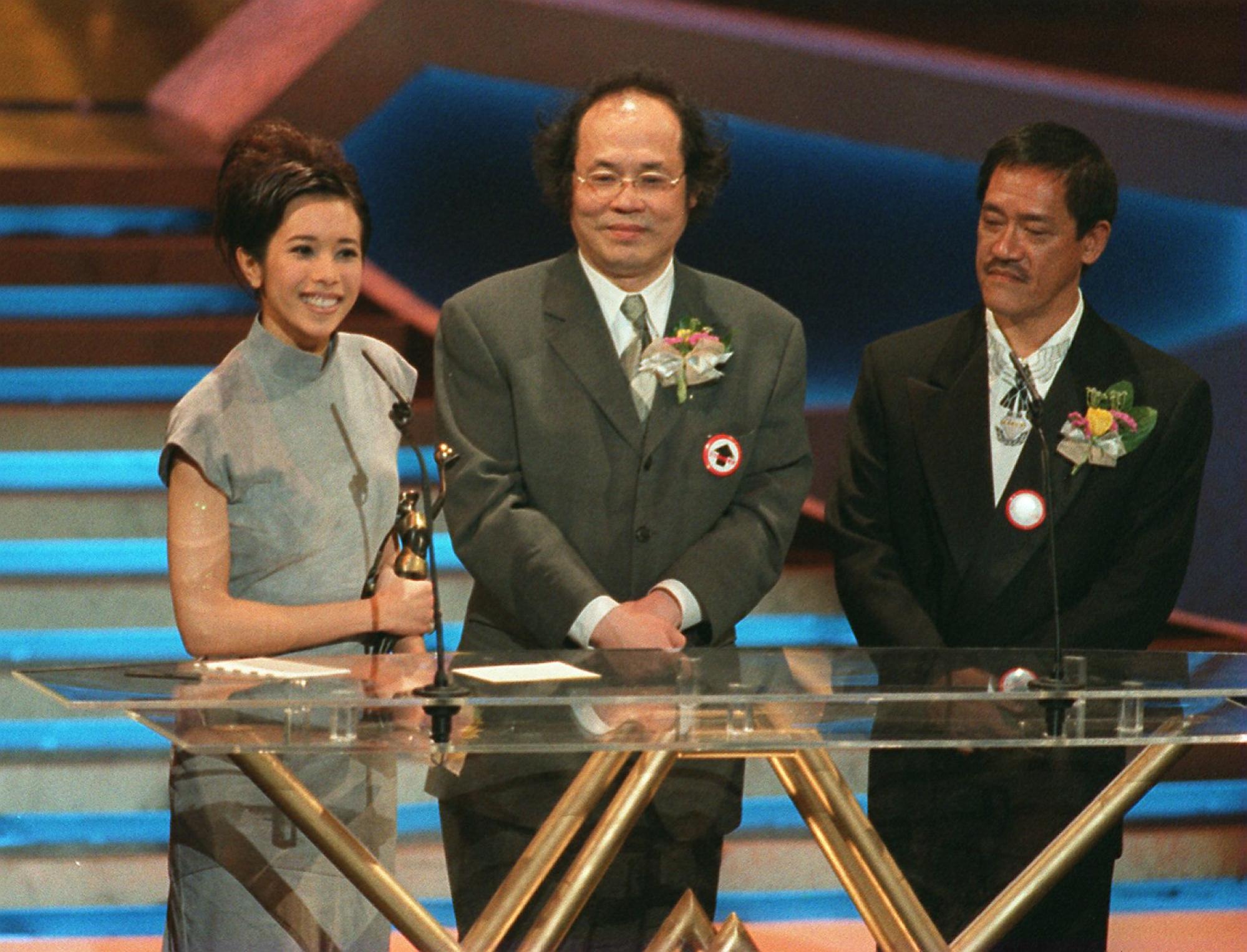
Jet Li almost stole Jackie Chan’s crown
Li quickly became mentioned in the same breath as Chan and Bruce Lee – high praise indeed from an audience who know their martial arts. Hong Kong films thrive on novelty and, under the guidance of Tsui Hark, Li’s fast, fluid and florid wushu performances looked mesmerising and modern.
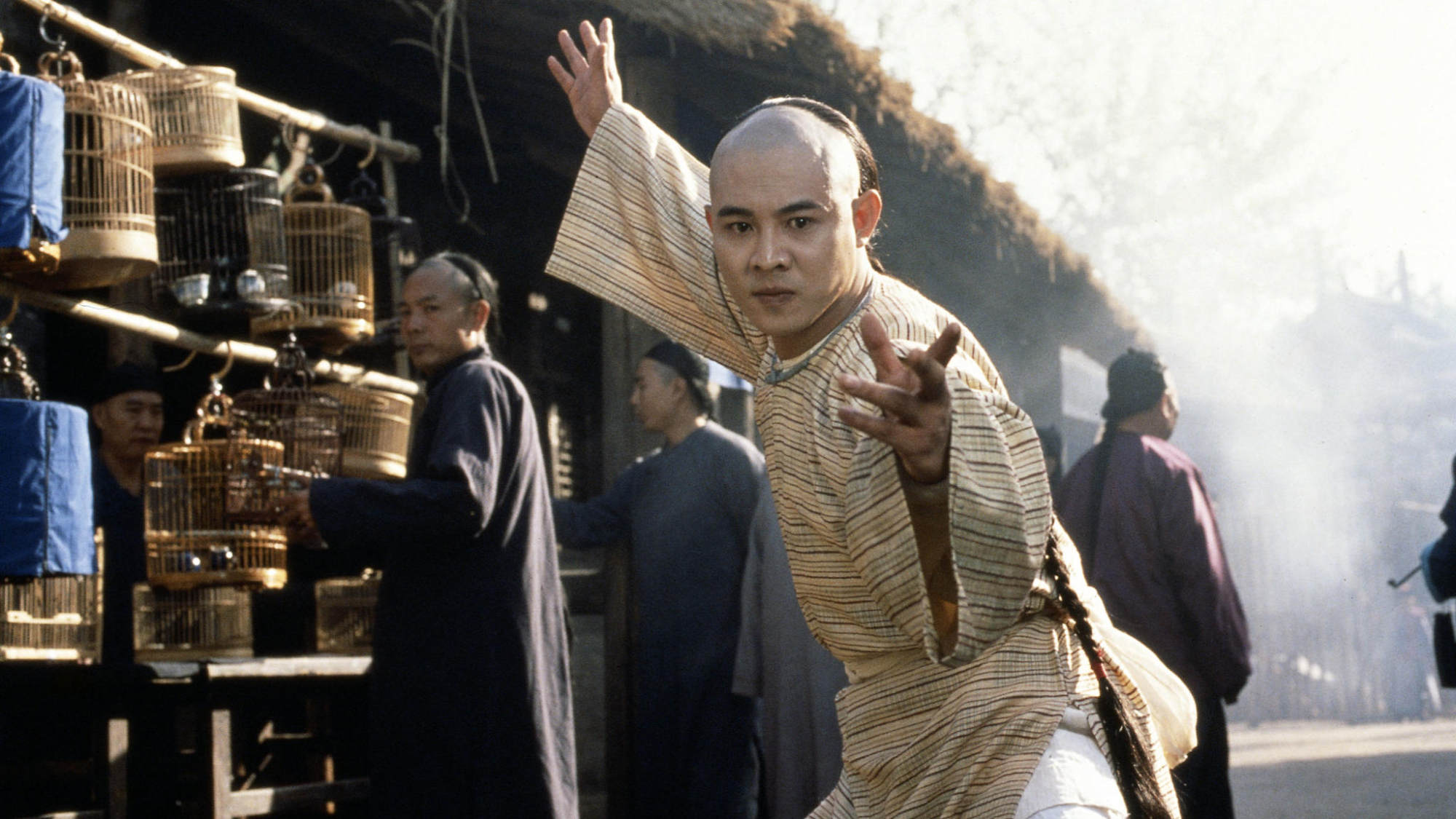
Johnnie To found out he was an auteur

To was well connected, and this allowed him the freedom to encourage his writers and directors to innovate. Films like Expect the Unexpected and A Hero Never Dies were clever takes on the usual formulas, and were hits at home and popular with international viewers.
Wong Kar-wai accidentally became an art-house star
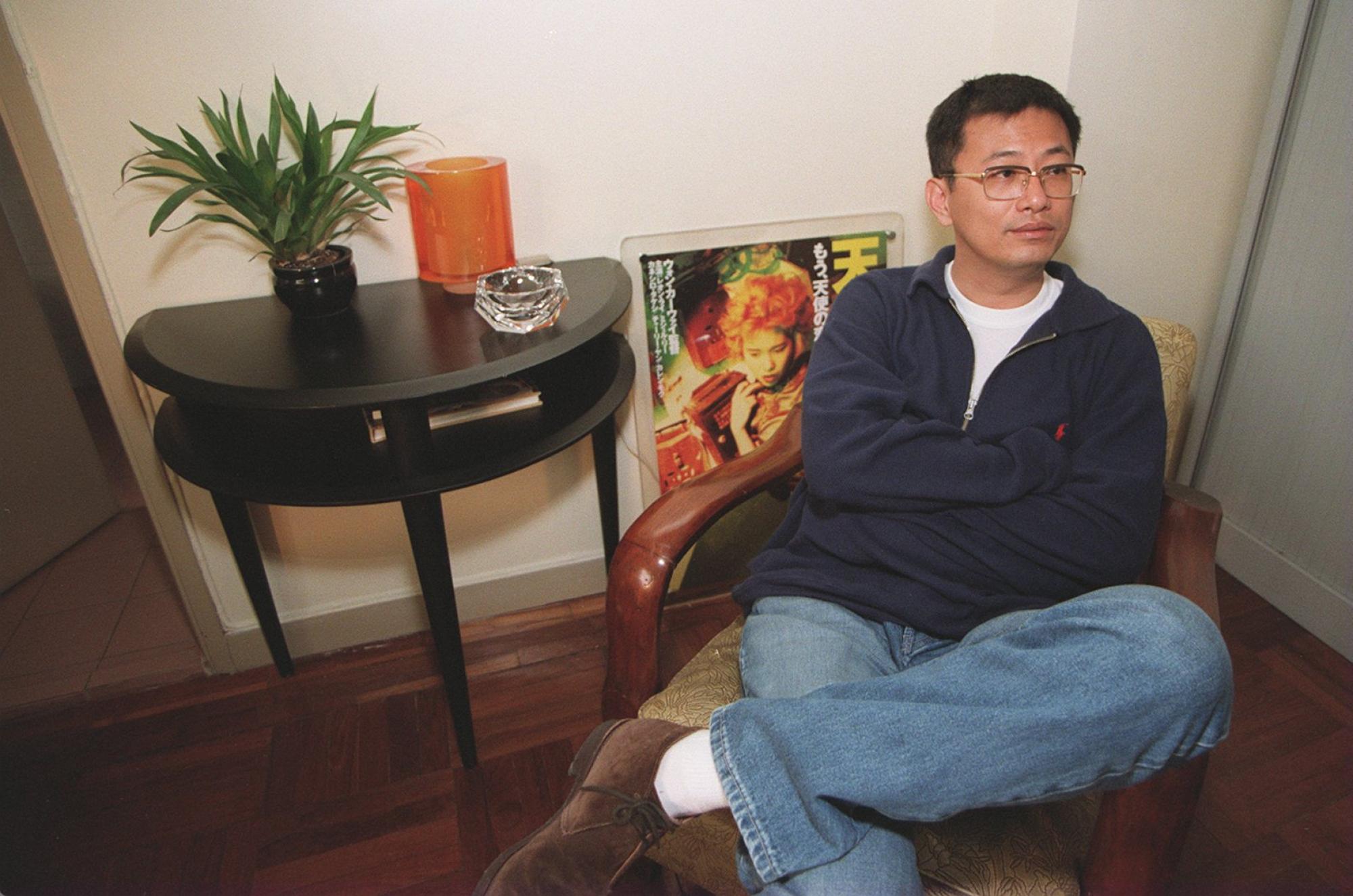
Feted by international critics for his elliptical editing and fragmented timespans, Wong quickly became a film festival favourite, although local audiences often felt his films were too arty.
By the end of the decade, he was already an international filmmaking star.
Ekin Cheng and Jordan Chan led a new breed of stars
A new breed of young, slick and fashionable stars came to prominence in the mid-1990s, geared to appeal to Hong Kong’s younger audiences.
Often criticised for his acting abilities, Ekin Cheng Yee-kin won hearts, but not minds, with his pretty boy looks and fashionable wardrobe, while the tougher looking Jordan Chan Siu-chun – a former backing dancer – brought a bit of grit to his roles.
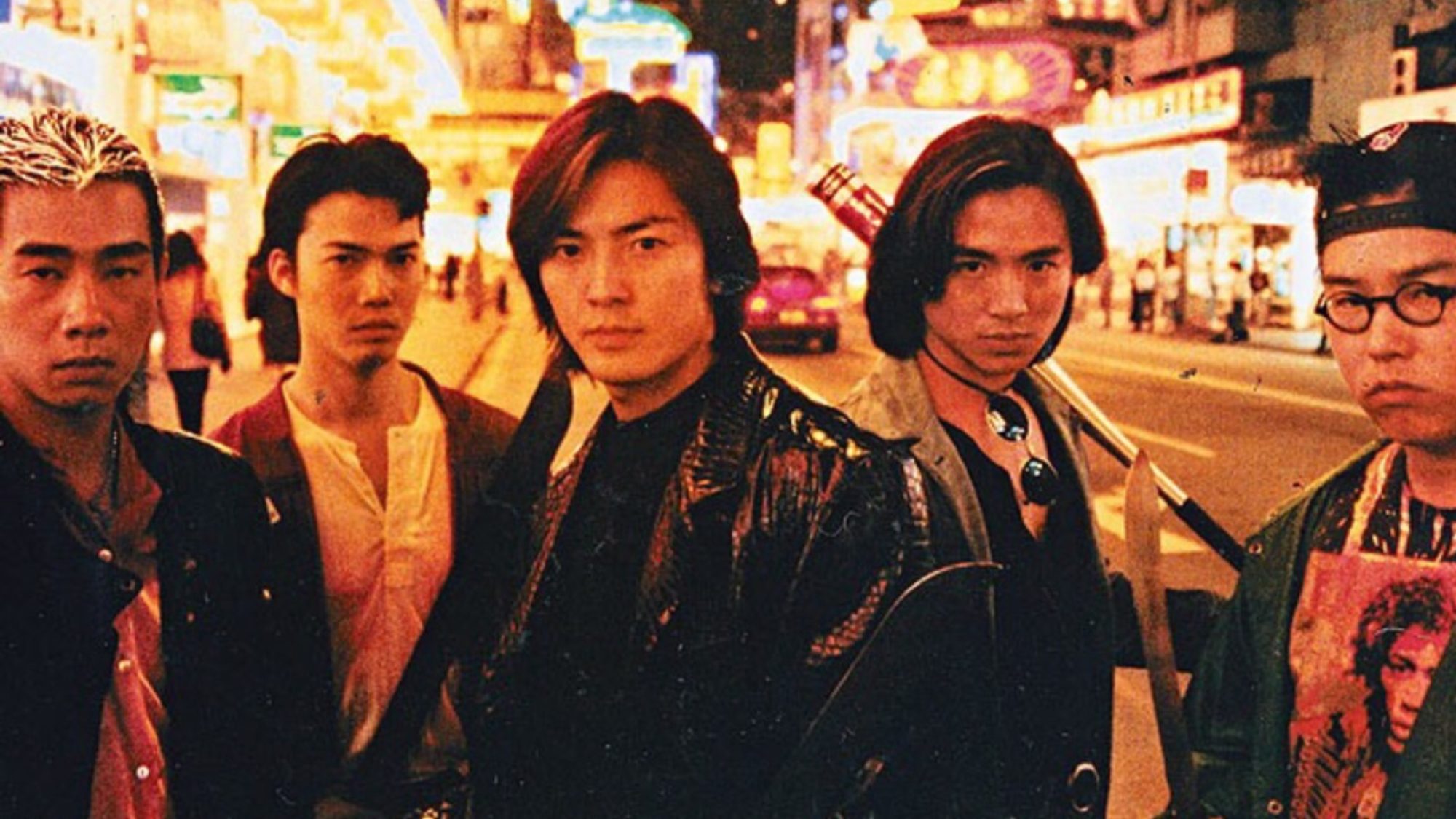
Wong Jing knew what the public wanted
Some might argue that the ultra-prolific Wong Jing was the decade’s most influential filmmaker – and they might be right.
Wong excelled at making lowbrow comedies, Category III films (restricted to viewers 18 and above, and notoriously excessive), triad dramas and martial arts films. He worked quickly and cheaply, and could even entice major actors like Jet Li to star in them.
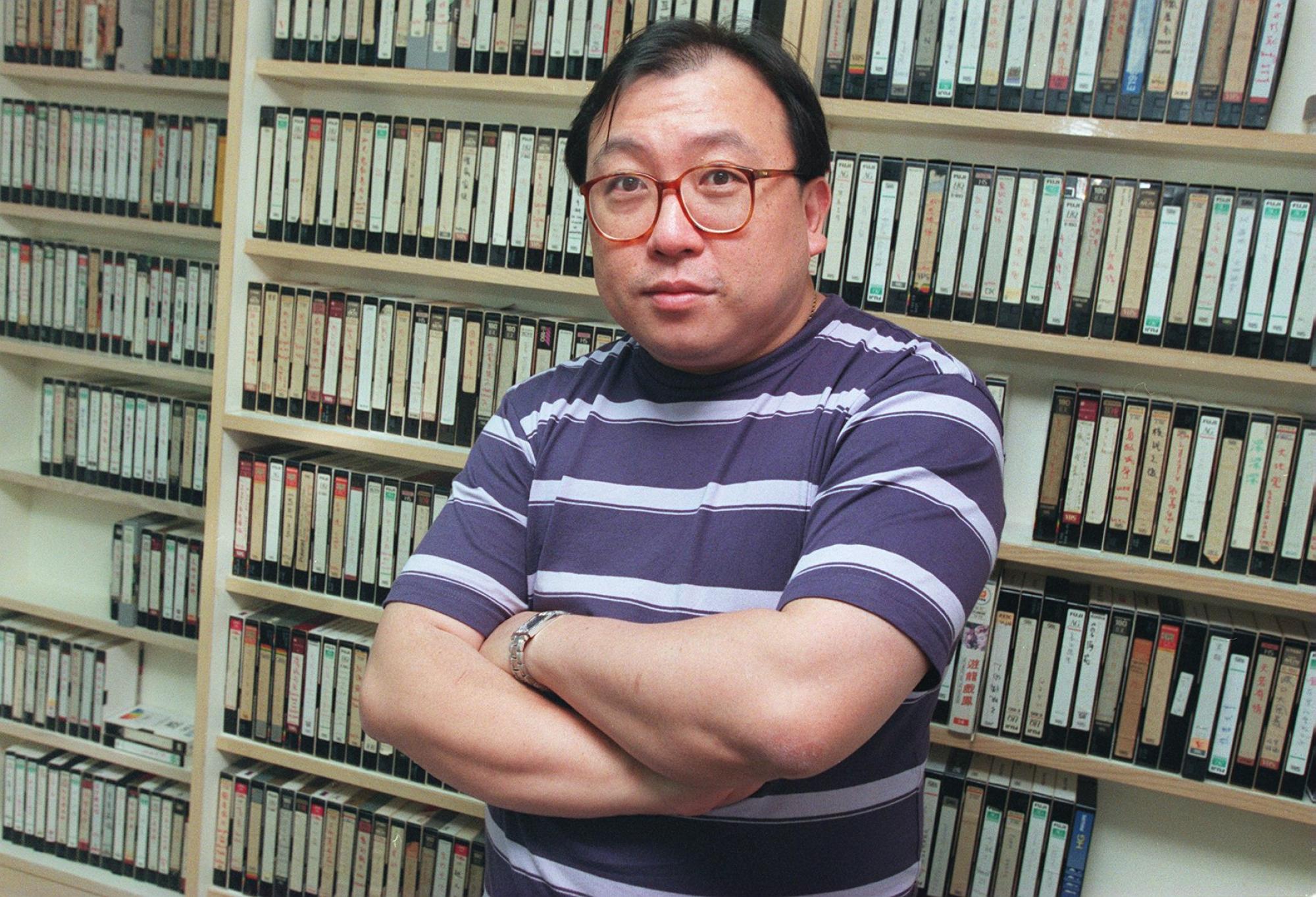
Wong’s skill was knowing exactly what audiences wanted and giving it to them in spades – and he’s still going strong.
Brigitte Lin became an LGBT icon

Lin parlayed her image into a number of similar roles, gaining a big gay following along the way.
Category III films were mainstream (for a while)
Such imagery had not been seen in Hong Kong films before, and there was a sense of liberation from colonial censorship attached to them.

But by 1995, the public had lost interest in the genre.
In this regular feature series on the best of Hong Kong cinema, we examine the legacy of classic films, re-evaluate the careers of its greatest stars, and revisit some of the lesser-known aspects of the beloved industry.
